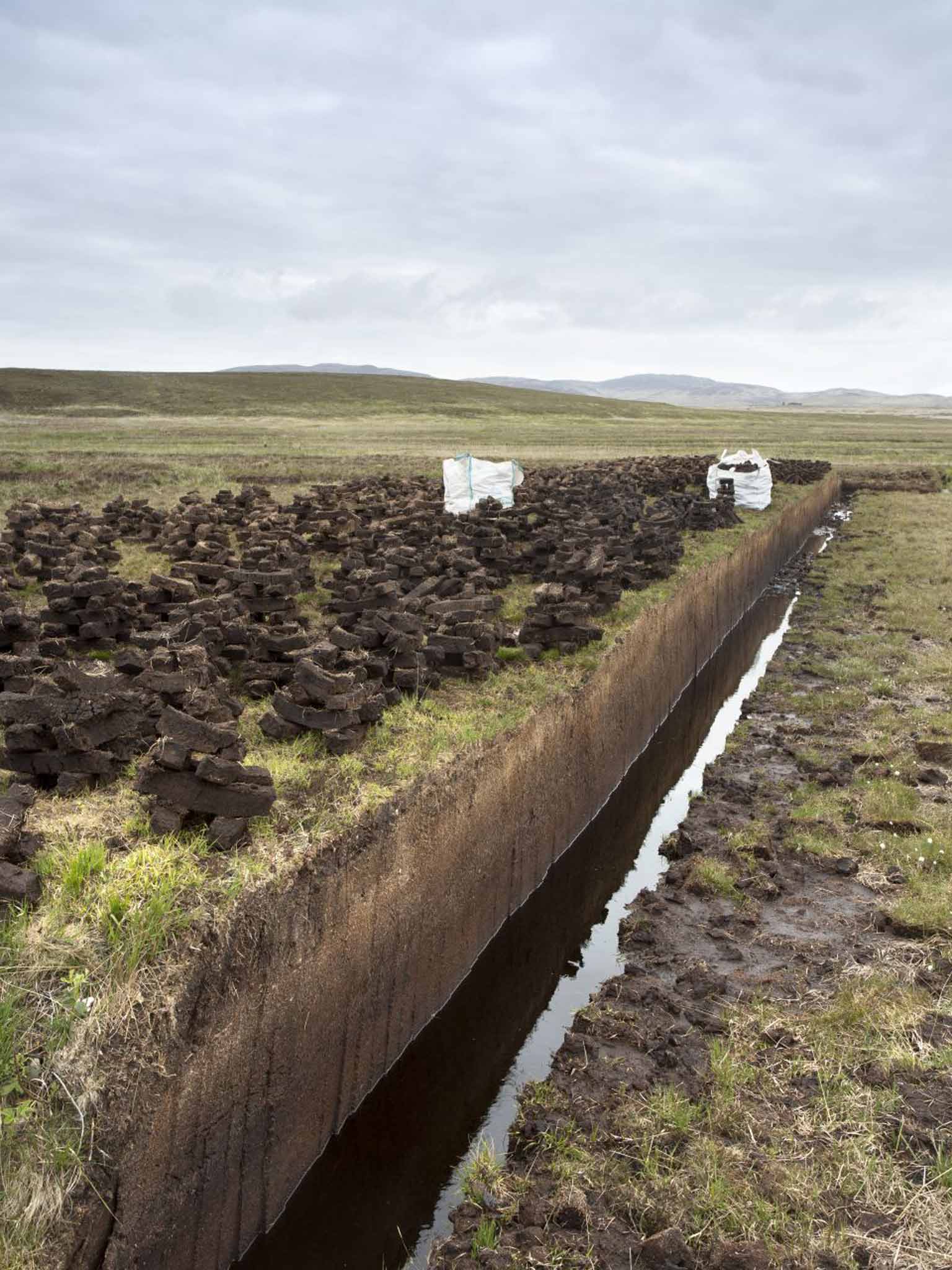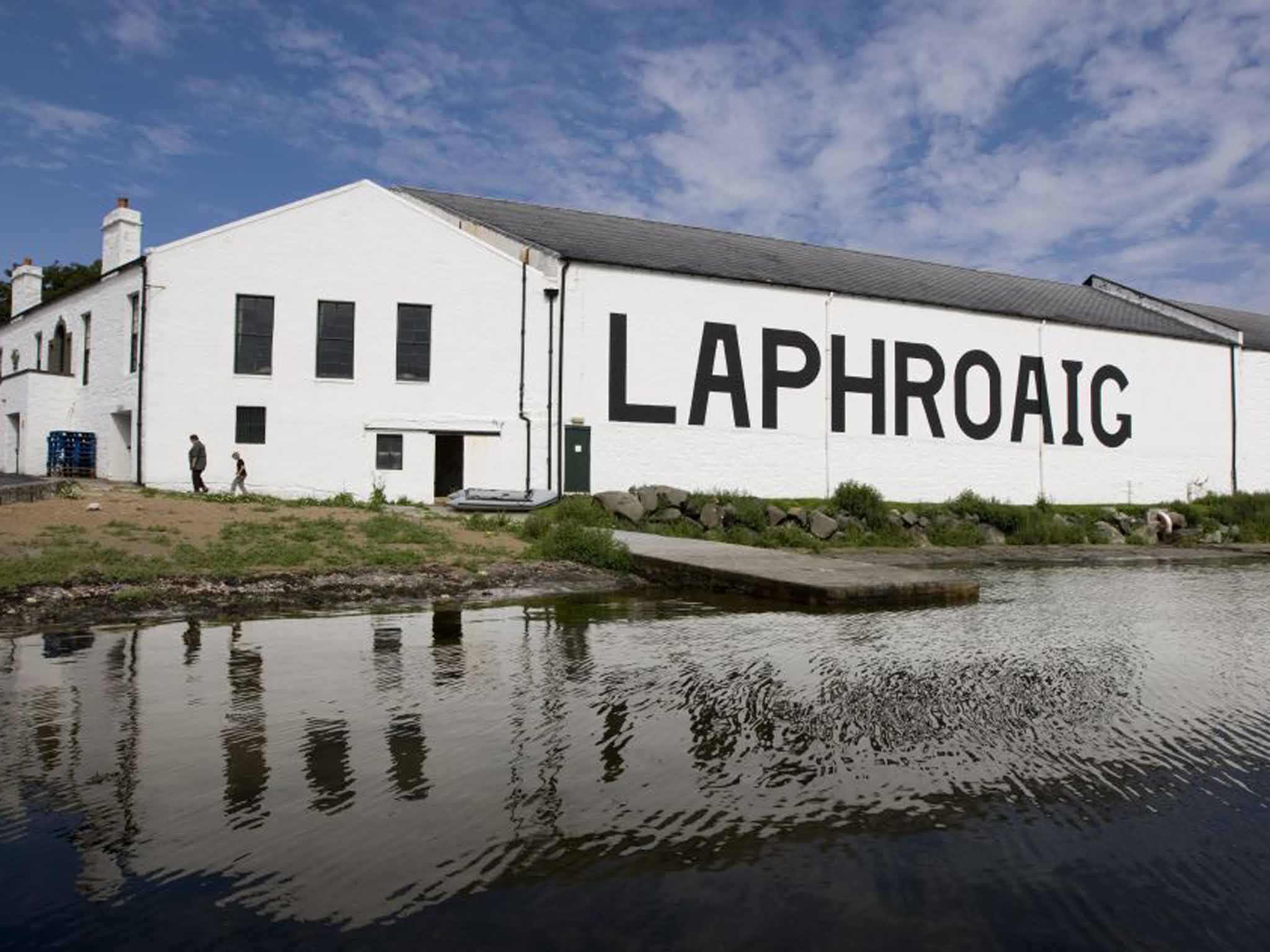Whisky tourism in the Hebrides: From exploring distilleries to sampling the end product
Whisky tourism is going from strength to strength and Speyside's Malt Whisky Trail is a match for many a pretty vineyard route

At the Scotch Whisky Experience, a polished tourist attraction on Edinburgh's Royal Mile (with a contemporary whisky bar and restaurant on the side), you travel through the whisky-making process on a funfair-style barrel ride before a tasting – that begins with a scratch'n'sniff card. Each of the card's corners represents a different whisky-making region in Scotland – the Lowlands, Highlands, Speyside and Islay – and is coated with a scent that corresponds to the whiskies' "nosing" characteristics.
The Lowlands is grapefruit. The whisky here is young and lively, perfect for an aperitif, the guide tells you. The Highlands corner has been daubed with vanilla. Speyside smells of banana, with fruity, pear drops and bubblegum overtones. Islay is the easiest to identify: smoke.
Islay, the southernmost of the Hebridean islands off the west coast of Scotland, has been producing its distinctive peat-smoked malt whiskies since Irish monks first washed up on its shores with their distilling expertise in the 14th century. They soon discovered that this lush, low-lying island, 40km by 25km, had all the raw ingredients for making whisky. The land is fertile, good for growing barley (or bere, as it was then), it's threaded with rivers and burbling springs and layered with peat (still cut for fuel from the springy moorland), which gives a pungent smokiness to the malting process. Today, Islay is peppered with no fewer than eight distilleries: Laphroaig, Lagavulin, Ardbeg, Bowmore, Caol Ila, Bunnahabhain, Bruichladdich and the new kid on the block, Kilchoman, which you can visit, for a tour, tasting or masterclass.
Whisky tourism is going from strength to strength. In Speyside, the Malt Whisky Trail weaves through gently rolling countryside sprinkled with picturesque distilleries – a match for many a pretty vineyard route. You can visit big names such as Glenfiddich and The Glenlivet along with the Speyside Cooperage, which showcases the barrel-making process. In May, the annual Spirit of Speyside festival is always popular, when smaller distilleries, not normally open to the public, fling open their doors. You can even bed down in a whisky bar with rooms at the Mash Tun in the village of Aberlour, home to Walkers Shortbread, the Speyside Way Visitor Centre and the Aberlour Distillery.

Whisky Month, which gets under way on Friday, has become a spring staple throughout Scotland, with World Whisky Day taking place on 16 May. The celebration culminates with the Islay Festival. This is also the year of Food and Drink in Scotland, a 12-month shindig highlighting the country's natural larder, which brims with smoked salmon and wild venison and an increasingly exciting culinary scene.
Arriving in Islay – just a short air hop from Glasgow, or a ferry ride – every wall in the tiny airport is daubed with whisky advertising. Whisky is a way of life here – one you can immerse yourself in fully by checking into the cottages at Bowmore distillery. The distillery is the oldest on the island, dating back to 1779, and it has a picture-perfect position on the shore of Loch Indaal. The six cottages offer luxury self-catering – along with a complimentary bottle of 12-year-old Bowmore and a free distillery tour. Last year, the firm bought the whitewashed Harbour Inn across the road and turned one of the old disused distillery buildings into a contemporary bistro, Taste. The design is sleek with soaring rafters, white walls and black beams, grey Bowmore tweed sofas, and a smattering of slate. The chefs' counter is made out of whisky barrel staves.
A whisky-pairing lunch matches a cep risotto, soft poached hen's egg, hollandaise sauce and shaved winter truffle with a Bowmore Black Rock. The peat smoke comes through first "on the nose", then raisins and sultanas. It is young and spicy, layered with dark caramel. Roast halibut with spinach, potatoes, tomato and herb butter sauce is served with a 17-year-old Bowmore White Sands. As the malt gets older, the peat dies away. Consequently, the White Sands is creamy and fruity with only a light smokiness.
Even more enlightening, the distillery tour explains each step of the process. There are only six distilleries in Scotland that still malt their own barley, of which Bowmore is one. Barley lies on the malting floor for up to a week and is turned every four hours, day and night, to start then maintain the germinating process.
As Islay whiskies go, Bowmore is middle of the road in terms of peatiness. The distilleries in the south of the island, Ardbeg, Lagavulin and Laphroaig, produce powerful, heavily peated malts with brine and iodine overtones. In the north, Bruichladdich, Bunnahabhain and Caol Ila are more lightly peated as they use spring water rather than peat-infused river water. Kilchoman, which opened in 2005, is a micro-distillery on the west of the island close to Machir Bay, a white stretch of sand pummelled by Atlantic breakers. It was the first to be built on Islay in 124 years. Everything is done on-site, from growing the barley on the farm to bottling the malt.
Of course, there's more to one of the most picturesque Scottish islands than distillery tours: walking and birdwatching, for a start. Islay is almost split in half by two deeply indented bays: Loch Gruinart, the island's main reserve, which sees thousands of barnacle and white-fronted geese flock here each autumn from Greenland; and Loch Indaal. The softly undulating landscape is pricked with whitewashed villages, as well as the island's only woollen mill – established in 1883 and where the tartan in the Mel Gibson romp Braveheart was made.
On my final night, I wrap up for a whisky-pairing dinner in the vaults back in Bowmore. Loch Gruinart oysters are presented with a 12-year-old Bowmore, home-cured Bowmore whisky salmon with candied beetroot, celeriac rémoulade, watercress and lime with a 15-year-old Bowmore, wild Scottish venison with an 18-year-old Bowmore. Even dessert – passion fruit, white chocolate and vanilla set cream with a red berry compote – seems to go perfectly with a dram. Whisky might well be the new wine.
Getting there
The writer flew from Glasgow to Islay with Flybe franchise partner Loganair (0371 700 2000; flybe.com) with one-way fares from £45.
Staying there
The Harbour Inn (01496 810330; harbour-inn.com) has doubles from £110 including breakfast.
Bowmore Cottages (01496 810441; cottages.bowmore.co.uk) cost from £315 for a three-night stay until November and £630 per week (Mashman's Cottage, sleeps 2) to £1,080 for a three-night stay and £2,160 per week (the Old Bakery, sleeps 14).
The Mash Tun, Aberlour, Speyside (01340 881771; mashtun-aberlour.com) has doubles from £105 including breakfast.
More information
Bowmore distillery (01496 810441 ; bowmore.com). Distillery tours from £6, tasting session £20, Craftsman's Tour £55 per person.
The Scotch Whisky Experience (0131 220 0441; scotchwhiskyexperience.co.uk). Tours from £14.
Spirit of Speyside Festival to 4 May: spiritofspeyside.com
Join our commenting forum
Join thought-provoking conversations, follow other Independent readers and see their replies
Comments